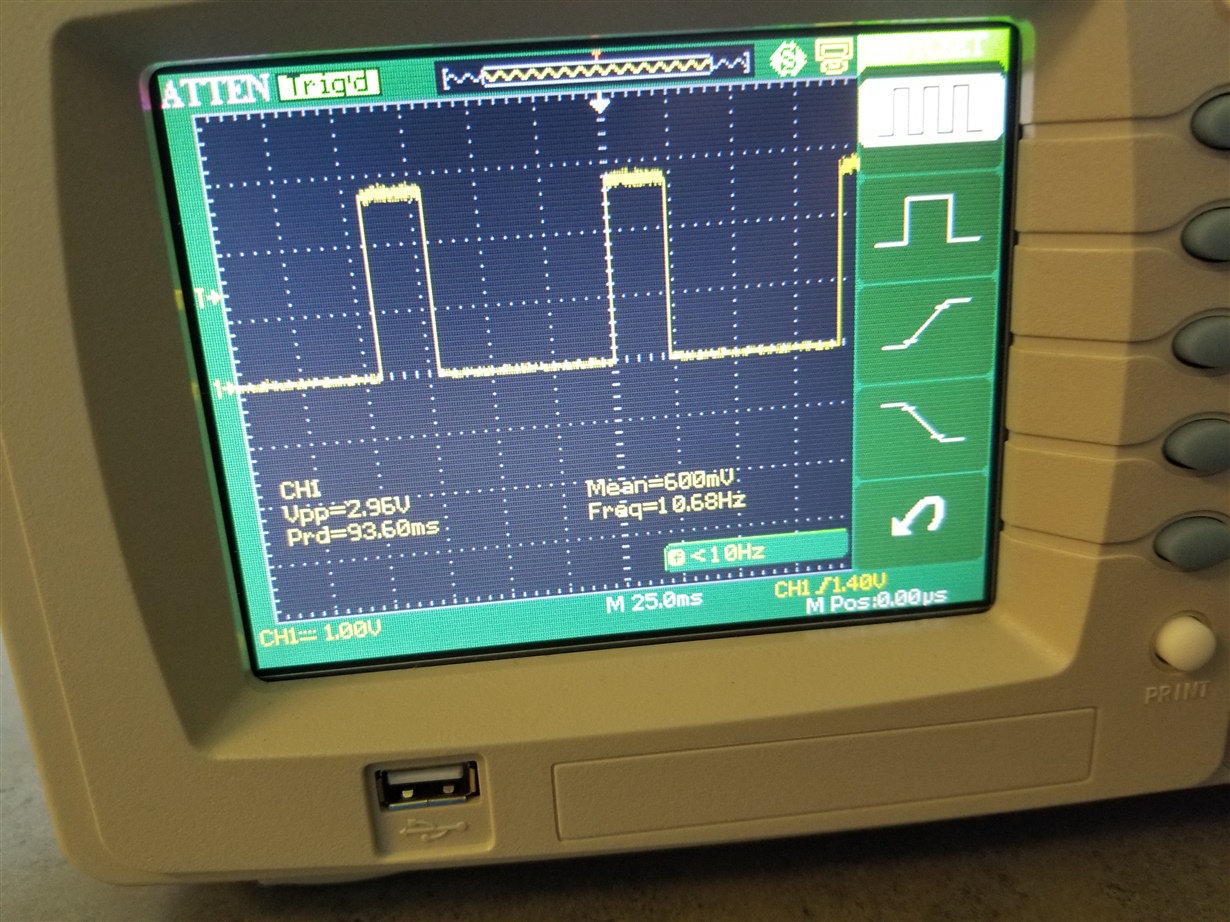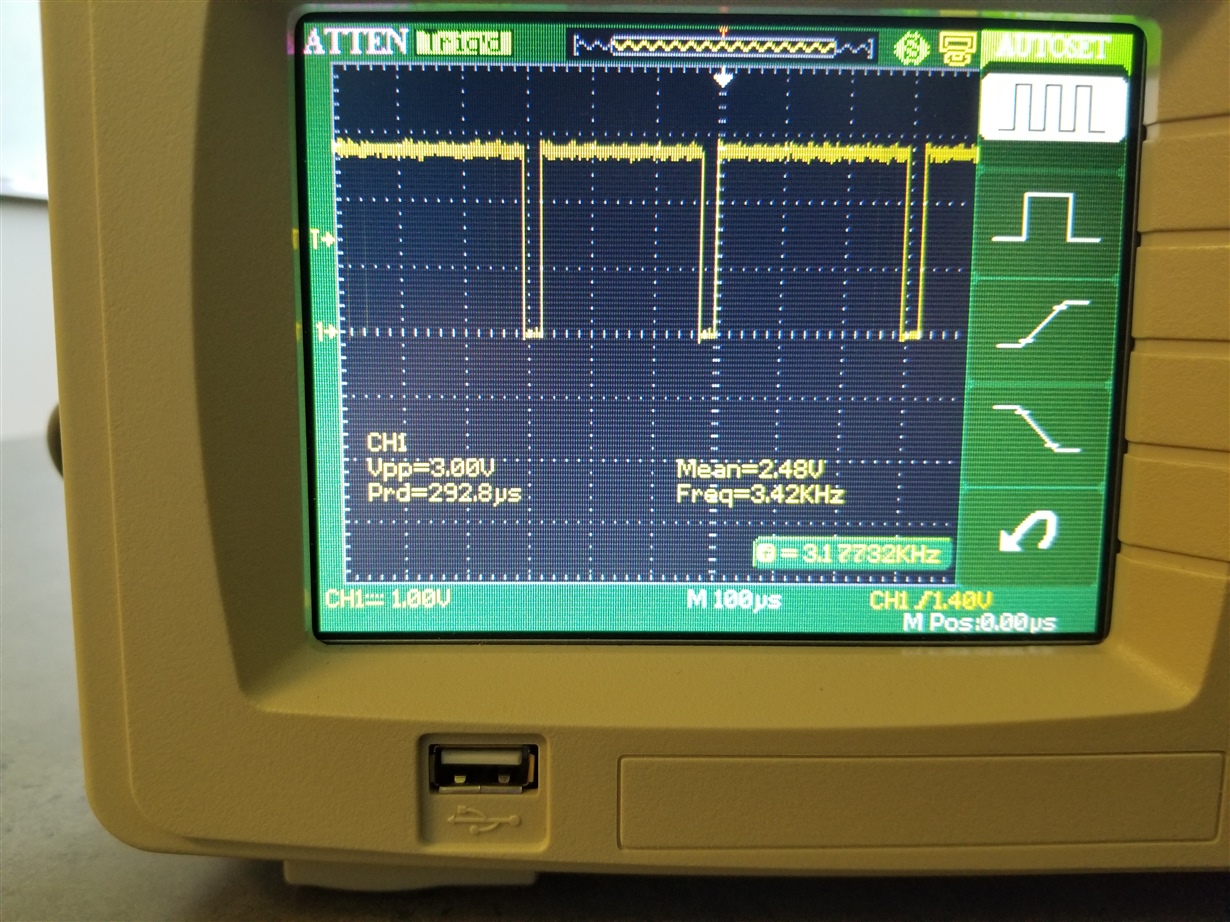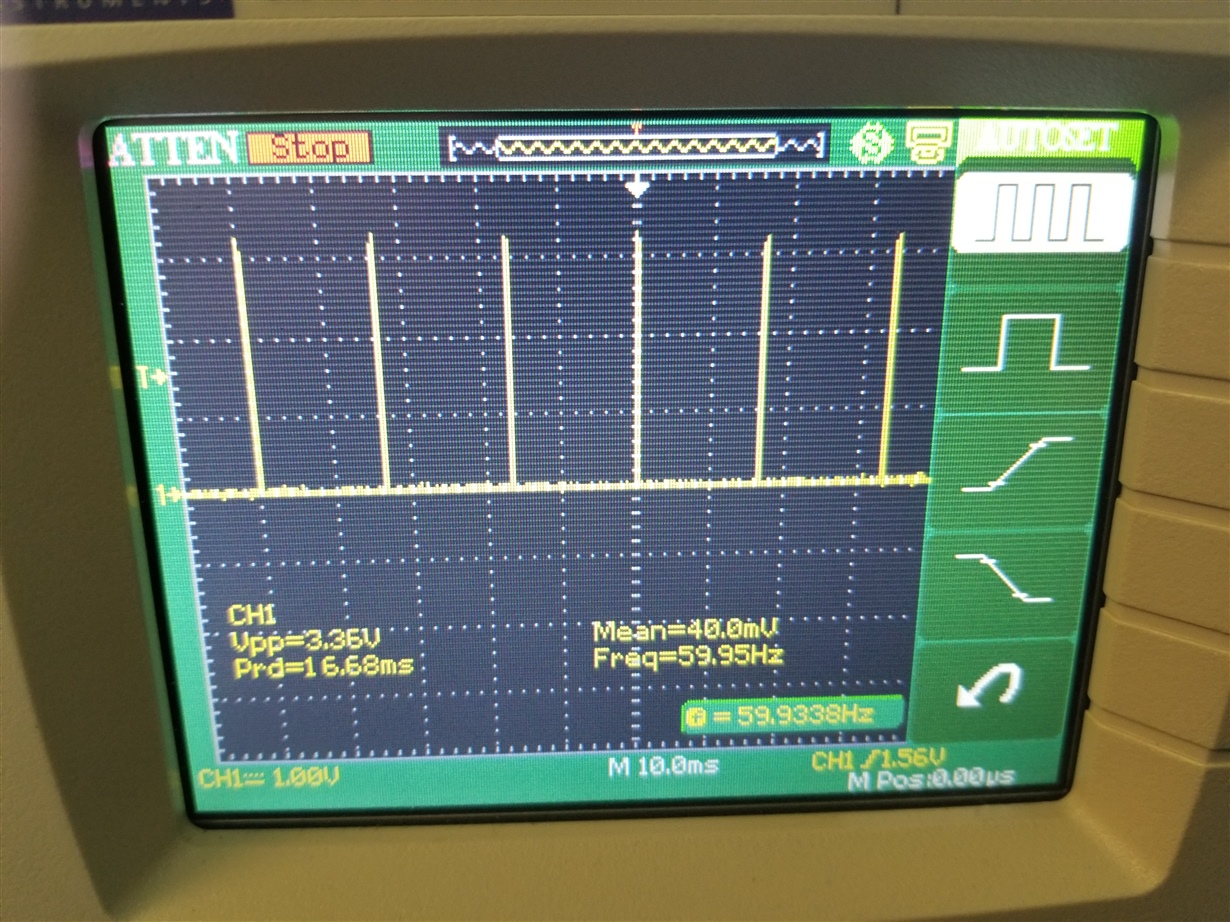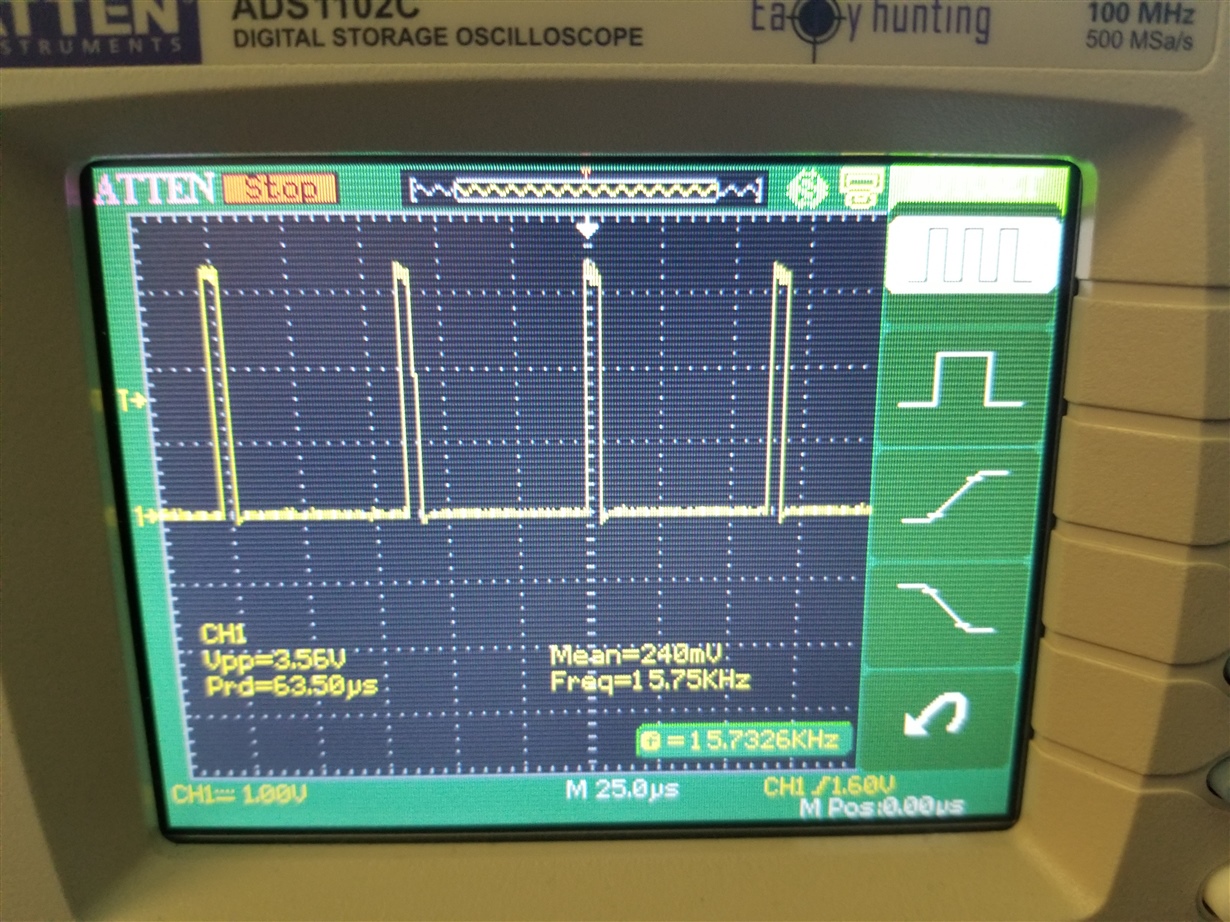Other Parts Discussed in Thread: TVP5150
I'm trying to connect the TVP5150AM1 to the DCMI port of a STM32F7. Using a dev board from STM which has a DCMI port and an LCD I was able to get it up and running with the camera integrated into the board, but when I switch over to connecting the TVP5150AM1 to the DCMI port, all I get is a black screen. I have configured my TVP5150AM1 as shown in example 2 in the datasheet, except I'm using composite A input.
Thanks.







